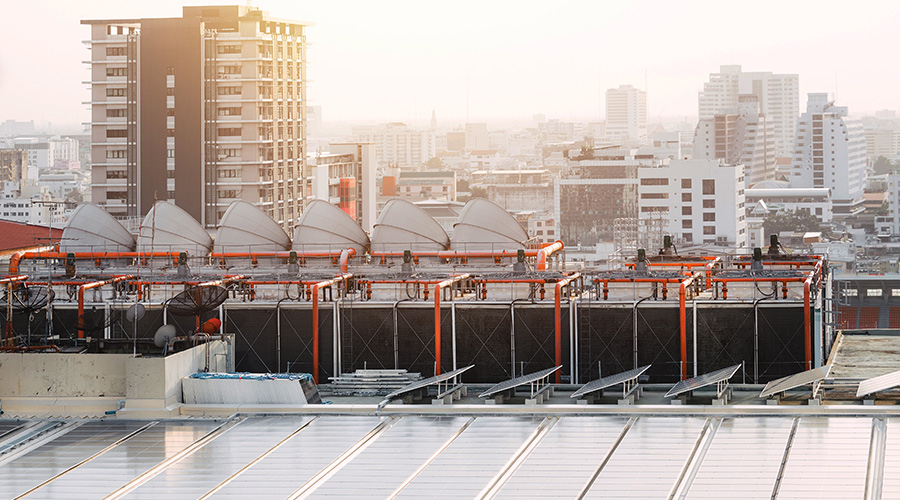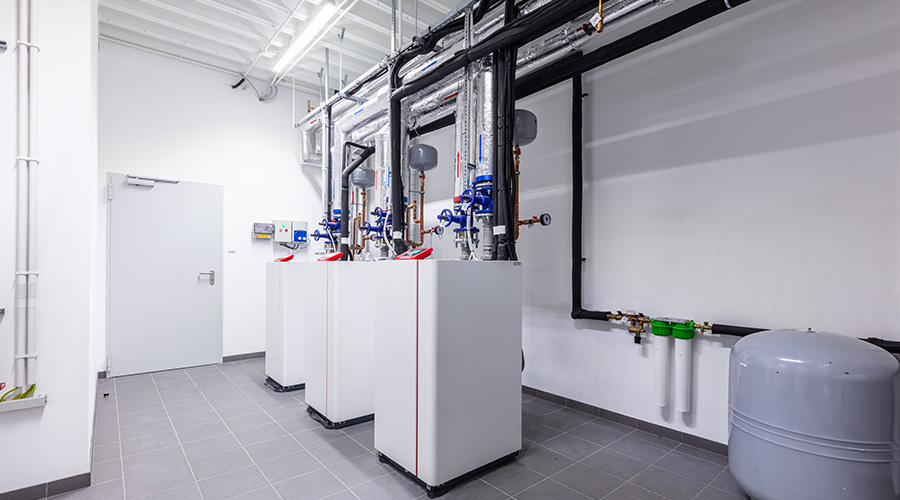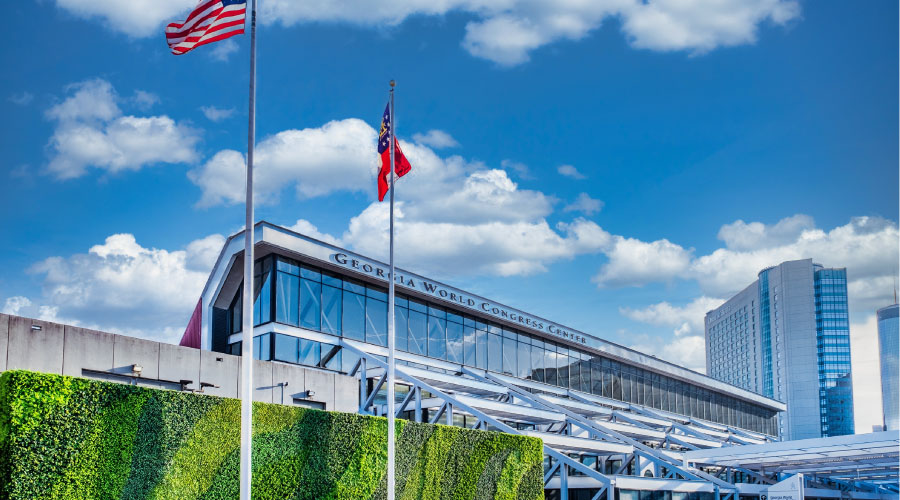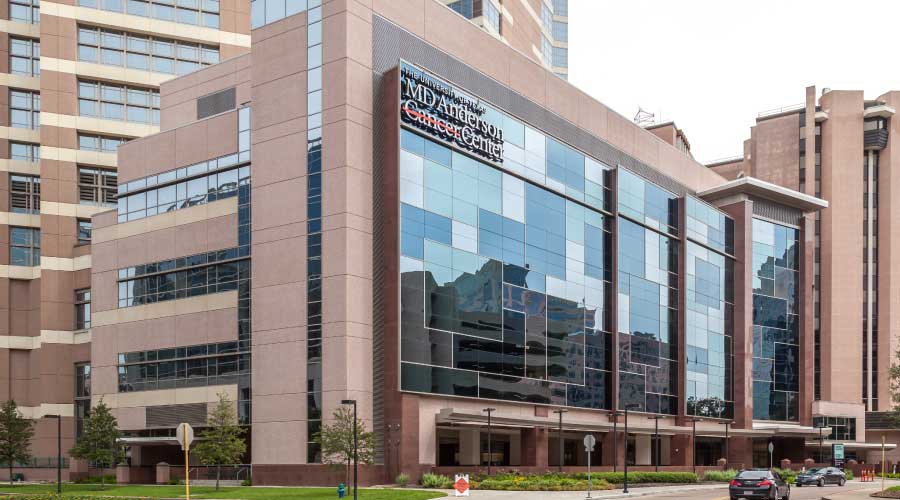Weighing Portable Cooling Options: Temporary or Primary?
The facility survey will identify the locations where the use of portable cooling systems will provide a level of backup for operations, either in a temporary supplemental or primary role. That survey also will quantify the capacity of those systems. When completed, the survey will give managers a list of systems they need to have available on short notice.
Fortunately, managers have a range of options, either for purchase or for rental. For smaller, single-room applications, the
most common temporary option is a fully portable system. Portable systems are self-contained units that use flexible ducts to direct the cooling air to where it is needed. A second flexible duct carries heat away from the unit, typically through a nearby window. Capacities range up to 5 tons, and the unit can operate on a standard 120- or 240-volt outlet. Units typically are on wheels and are small enough to fit through a standard doorway.
Managers also can consider self-contained or split systems that are air-cooled and offer capacities of up to 100 tons. Self-contained units are too large to fit in most spaces and typically are installed on a pad or trailer outside the facility. Flexible ductwork supplies the conditioned air to the space.
Split systems use a separate cooling coil and circulation fan that can be installed within the space, while the condensing unit and compressor are installed outside. Determining which type is most applicable for an application depends on the specifics of the location, including the proximity of the conditioned space to an outside wall, the space's accessibility, and the number of areas within the building the unit will serve.
Still larger temporary systems on trailers can provide cooling to an entire building. These units are self-contained, including a chiller, circulation pumps, and either an air-cooled condensing unit or a cooling tower. These units feature their own generators to supply power to the system.
To support these systems, managers will have to install temporary piping, valves, and connection ports that connect to the facility's chilled water system. Unless the unit supplies its own electrical power, temporary electrical power of the required voltage and capacity will have to be in place.
Related Topics:














